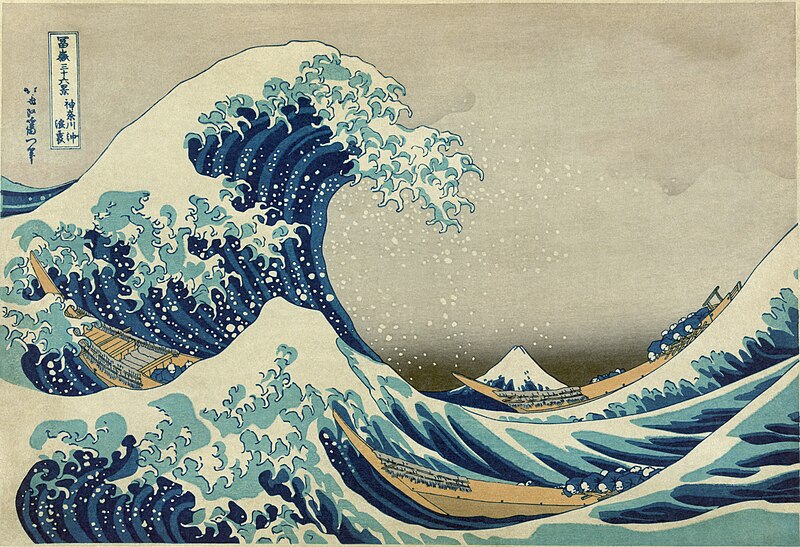It's a bit of a shame we only had time for MBing it, but as it turns out, Oded says, "I'm not sure we would have gotten a good APXS measurement on this thing anyway. It's so eroded, and has soil blown into all the eroded spaces; I'm not sure the instrument would have seen anything."
Too late now, anyway: that rock's 30m behind us, thanks to John's excellent driving. (During which time, the dynamic brakes appear to have been no problem at all. Nice to have that behind us as well.) That's pretty good for recent drives, but it won't be good enough. Our plan was to be at Home Plate by sol 740 so that we could do 20 sols of science and be zooming toward McCool Hill by sol 760. Since tomorrow's sol 739, and our radial distance to Home Plate hasn't changed much -- the weekend's drive was mostly moving laterally to Home Plate, skirting Mitcheltree Ridge -- we have essentially no hope of making it there on schedule.
Moreover, our power situation's bad. The sun keeps heading north, and we're on south-facing slopes. One of the ways this is starting to affect us is in our downlink: we can't afford overnight passes until our power improves, so they have to cut science to the bone. And even then, we can afford only 2.5 hours of driving.
Sigh. Winter. I haven't missed it.
Thisol's blind drive is limited by the ridgeline, still about 20m away. The drive sequence is a fairly simple one: skirting around a couple of nearby rocks (that aren't really big enough to hurt us; we're avoiding them mostly on principle), scoot to the ridgeline, turn on autonav, and hope it will find a path downhill. If it doesn't, we'll probably still be OK: perched up on the ridge like that, we'll have a lovely view of the scene before us and should be able to plan a wicked blind drive on the following sol. Although that honor will have to go to Paolo; I'm off tomorrow, darn it.
After the walkthrough, John decides to change the sequence slightly to give us a little more margin around a sandy hollow. None of us notices that he introduced an error. The first waypoint, instead of being executed blind and taking just a few minutes, will be executed in autonav mode. If it completes at all, it'll take about 45 minutes.
Oops.
We don't notice this at the CAM, and almost everybody leaves. John's building the animation for the uplink report when he notices something funny -- the rover moving much more slowly than it's supposed to through that bit. We end up calling everybody back in to fix it.
I'm glad he caught it, and I'm glad, upon reflection, that it's been so long since we've had to do something like that.
I'm not so glad that we didn't catch it earlier. We come up with a fr_check rule that would catch it, but the underlying problem -- human error -- will be less easy to eliminate.
[Next post: sol 743 (Opportunity sol 723), February 4.]
Courtesy NASA/JPL-Caltech. One of the MI images we took of this rock. Man, this thing is cool. More here.
Footnotes:
[1] Hokusai. This, courtesy of Wikipedia, is his woodcut Great Wave Off Kanagawa:






2 comments:
Nice catch, comparing that rock to Hokusai. I'm loving following the progress of the team this way. Thank you.
My pleasure! Thanks for following along!
Post a Comment